Butterflies, bees, and
more!

Bees and monarchs in the news
I'm always happy to see stories about particular pollinator species in
the news. Curious, perhaps, that the non-native European honeybee sparks so
much
concern, while the status of the 4,000 or so species of native bees gets
very little attention.
But what's good for one pollinator can help others, and gardeners are
taking an interest. So that's great. And there are lots of other types of
pollinators, including butterflies and hummingbirds, that will happily
visit your garden if you provide the right plants and conditions.
First principle is to have lots of different plants flowering over all
seasons. A bunch of mixed perennial and annual flowers will be more effective than,
say, a garden solely of rose bushes.
Second principle is to retain some dense, kind of overgrown areas,
include some grass species, and have some open uncultivated soil to provide for
the
different stages of the life cycles of pollinator species.
Finally, provide some simple water sources, and reduce your use of
pesticides.
What you want to provide is at least three or four types of plants
blooming at all times, some nearby shrubs and larger plants where wildlife can
rest,
nest, and feed.
Grasses help to provide habitat and hiding places for beneficial
insects. Soil that you leave undisturbed can provide nesting sites; many of our
native
pollinators live in burrows in the ground. This all can be very low
water. Deep, infrequent soakings are best for most of the plants listed.
Here are some garden plants for pollinators, by season of bloom.
All
of these are easy to grow and drought tolerant. Note that a number of common
kitchen
herbs draw pollinators. (CN) = California native plant.
Early bloom season:
Borage (Borago)
Golden bush daisy (Euryops)
Pride of Madeira (Echium)
Early to mid season:
Cape mallow (Anisodontea)
Lavender (Lavandula)
Lupine (Lupinus)
(CN)
Penstemon (CN)
Poppy, California (Eschscholzia)
(CN)
Sage (Salvia)
(CN)
Mid season:
Anise hyssop (Agastache)
Basil (Ocimum)
Buckwheat (Eriogonum)
(CN)
Catmint (Nepeta)
Cosmos
Mint (Mentha)
Oregano (Origanum)
Penstemon
Pincushion flower (Scabiosa)
Russian sage (Perovskia)
Sage (Salvia)
Thyme (Thymus)
Yarrow (Achillea)
Late season:
Aster (Aster
species) (CN)
Blue mist (Caryopteris)
California fuchsia (Epilobium)
(CN)
Goldenrod (Solidago)
(CN)
Rosemary (Rosmarinus)
Sunflower (Helianthus)
Many landscape shrubs have flowers that attract pollinators. Examples
include native shrubs such as toyon (Heteromeles)
and wild lilac (Ceanothus),
as well
as tough non-natives such as Xylosma
,
butterfly bush (Buddleia),
and even the lowly privet. All will draw and sustain native bees, honeybees,
and other
pollinators into your landscape.
Food for butterflies?
The precipitous decline of the beautiful Monarch butterfly in its Mexico
overwintering sites has received a great deal of media attention. Most media
sources are attributing that sudden drop in population to loss of
habitat and food sources in the midwest. The populations that overwinter in
coastal
California appear to be more stable, though at a low ebb.
Various publications and organizations are urging you to plant milkweed
(Asclepias
species), because that
plant is the sole food source for Monarch
caterpillars. Consequently, wholesale nurseries are selling out of
Asclepias as fast as they can grow it. Good news: Asclepias is very, very easy
to grow.
Some types have very showy flowers which attract butterflies of various
species in addition to the Monarch. You can easily grow milkweed to draw adult
butteflies, but it may become a larval food source, which means that you
will need to tolerate caterpillars eating your plants.
There are several dozen species of milkweed, all of which appear to be
possible food sources, but only a handful are actually common in the trade. A
few
examples:
Asclepias speciosa,
Showy
milkweed, is a California native with soft pink flowers and grey foliage, so
the whole effect is subtle and elegant. It can get to about four feet
tall
and is rather robust and perennial.
Asclepias fascicularis,
Narrowleaf
milkweed, is a California native with narrow green leaves and white (very, very
pale pink) flowers. It is very adaptable as to soil and
watering,
but less showy than other species.
Asclepias curassavica,
Tropical
milkweed, is a species from South America with very bright red-and-yellow
flowers against a dark red-green foliage, so it is is one of the most
attractive
of the garden milkweeds. Being tropical, it doesn't overwinter here. There are
some solid-color forms available. This species has become common
in
the nursery industry because it is very attractive, blooms at an early age, and
has a compact habit.
Asclepias tuberosa,
Butterfly
weed, is native to moist areas of the eastern U.S., and is often sold for
planting near ponds. The species has bright orange flowers; and there
are
varieties with mixed colors. Long-lived but slow to begin flowering.
There is a common misperception from various online sources that native
species of Asclepias are preferred as food sources. The issue is that the
milkweed,
which contains cardiac glycosides, renders the caterpillars poisonous
and repellent to birds, which then avoid them.
So does a larval food source from a non-native species make the
caterpillar more subject to predation? I asked our resident butterfly expert,
Dr. Art
Shapiro, who replied that “native species are neither necessary nor
preferred. As it happens, curassavica is quite potent--more so than any of our
common
natives. Tropical and subtropical species are generally quite potent, as
are species from desert environments and on harsh soils.”
There is a species of orange aphid that always seems to show up on
milkweeds. It also just seems to disappear, prey to various beneficial insects
and
birds. So you can just leave it alone, or wash it off with water if it
bothers you.
Some other plants to feed butterfly larvae.
There are two other plant/caterpillar relationships that gardeners may
try to cultivate (pun intended). The caterpillar of the Gulf fritillary
butterfly
feeds on the foliage of some species of passionflower (Passiflora
).
Passifloras are vigorous vines that range in hardiness and degree of
garden-invasiveness (ask!), and the occurrence of the caterpillars is
pretty haphazard. But the blooms are incredible, some having a spicy scent, and
they
draw various native bees for pollination.
Pipevine swallowtail, a native butterfly species, is attracted to many
different flowers for pollination. But its larvae exclusively feed on native
pipevine (Aristolochia californica
).
The relationship is similar to the monarch butterfly: the pipevine contains
toxins that make the caterpillar
unpalatable to predators. Most nurseries grow hybrid pipevines, as they
are easier to propagate and have showier flowers. But they won't act as food
sources.
Another oddity about pollination: Aristolochia californica
, like many other pipevine species, is pollinated by insects
that feed on carrion. How
does a flower draw carrion flies and gnats? By smelling like rotten
meat. I have found this limits the sales appeal of this species. The last time
we had
one in stock, we spent a couple of days looking for the dead animal
before we realized where the odor was coming from.
One of the great pleasures of my job is being greeted each morning by a
panoply of interesting and unusual flowers, and watching the insects and birds
that
visit them. We provide a mix of blooming plants, simple water sources,
and we manage pests naturally. Even in a limited space you can do the same, and
watch bees, butterflies, and hummingbirds visit your garden daily, year-around.
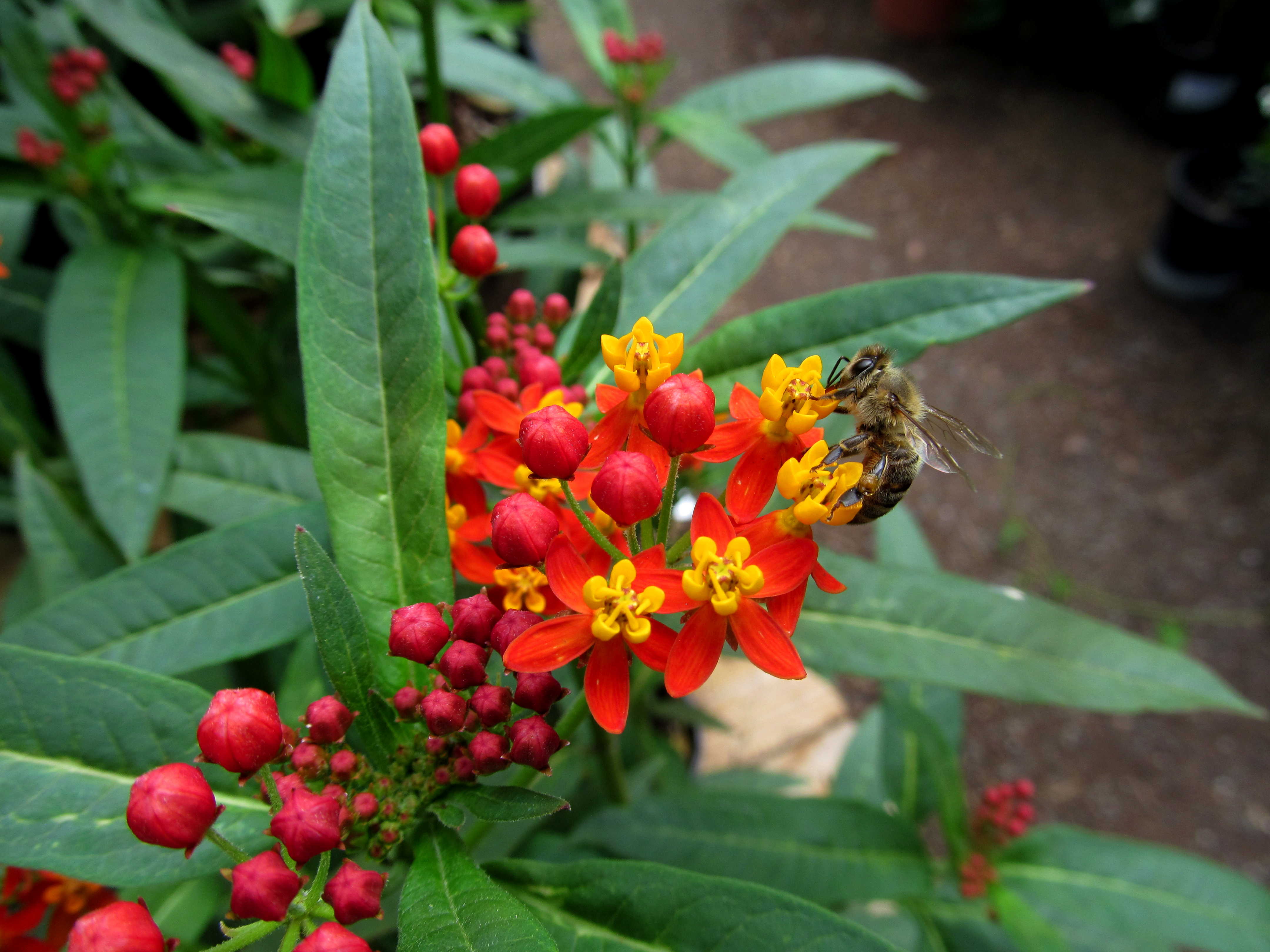
The showy flowers of Asclepias
curassavica
, the tropical milkweed, and its compact growth
habit have made it popular with gardeners and wholesale growers. This species
is tender, so is replanted each year. The flowers draw butterflies and bees;
the foliage can feed Monarch caterpillars. 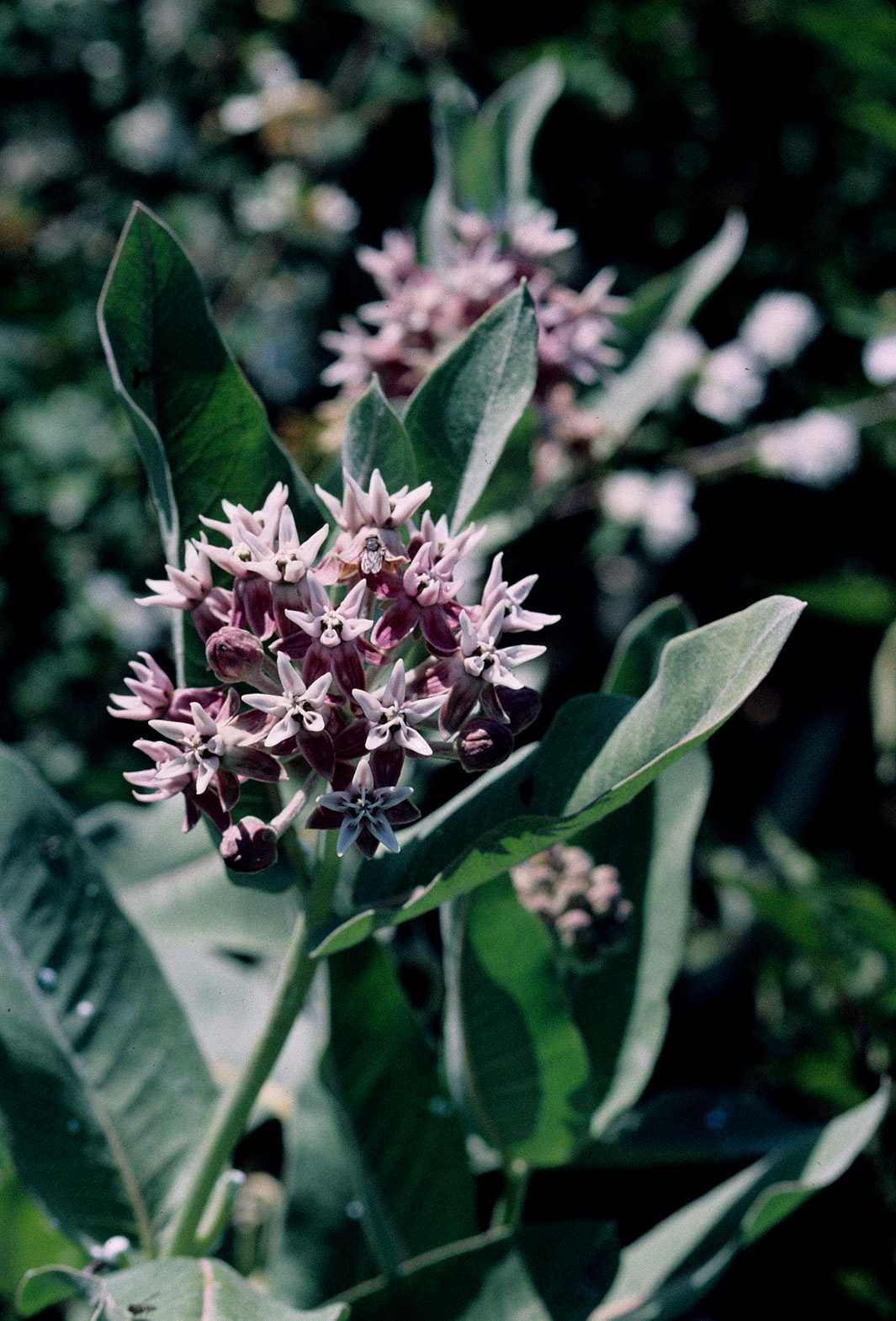
Asclepias speciosa
,
Showy milkweed, is a California native with soft pink flowers and grey foliage,
so the whole effect is subtle and elegant. It can get to about four feet all
and is rather robust and perennial. Excellent addition to a drought-tolerant
landscape. Photo courtesy of Nevin Smith, Suncrest Nurseries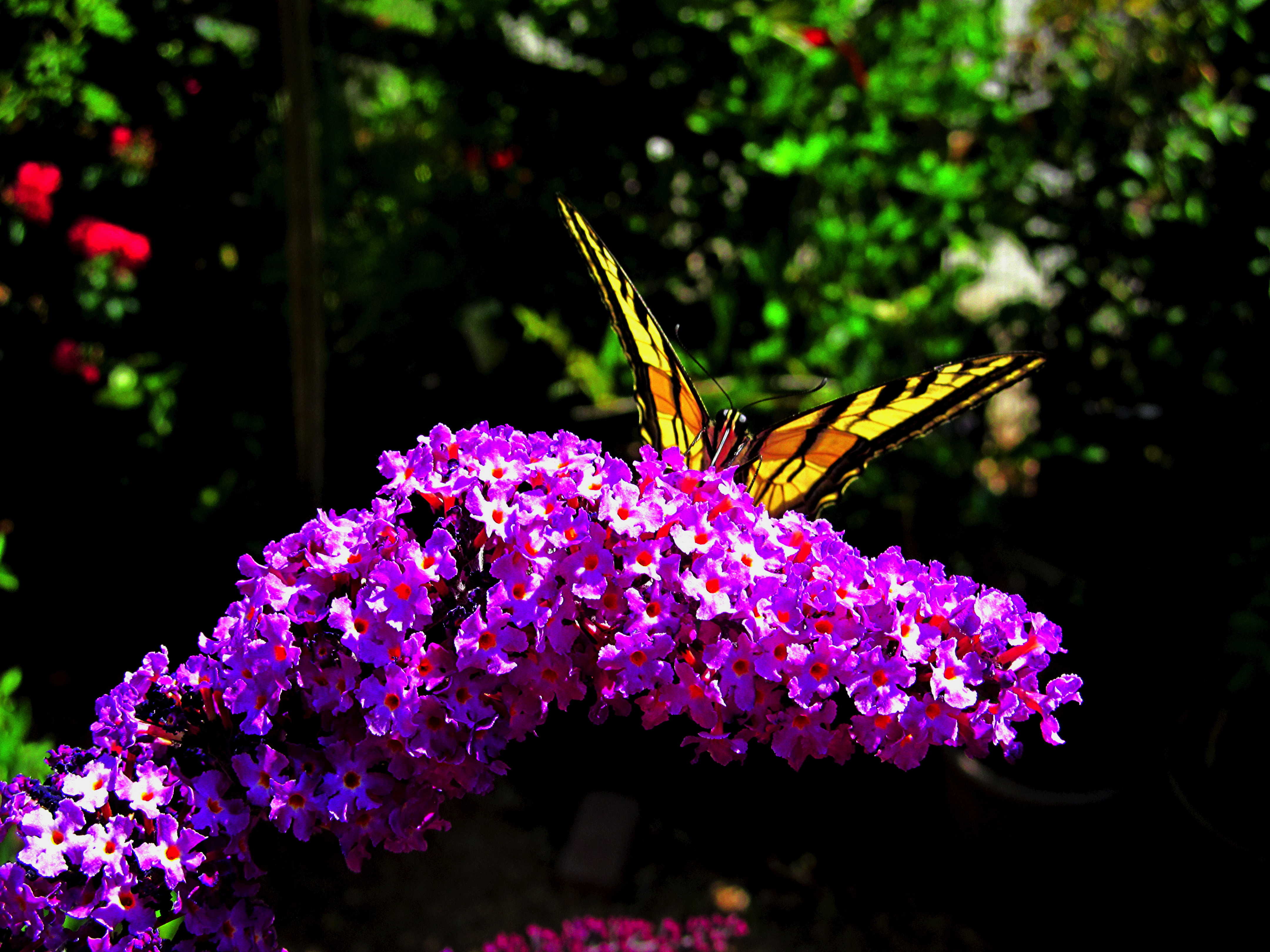
Butterfly bushes are
aptly named. These very popular garden shrubs have, until recently, been large
and somewhat rangy things for the back of the border. New dwarf hybrids are now
available that stay under five feet tall, and are also sterile so they don't
reseed.
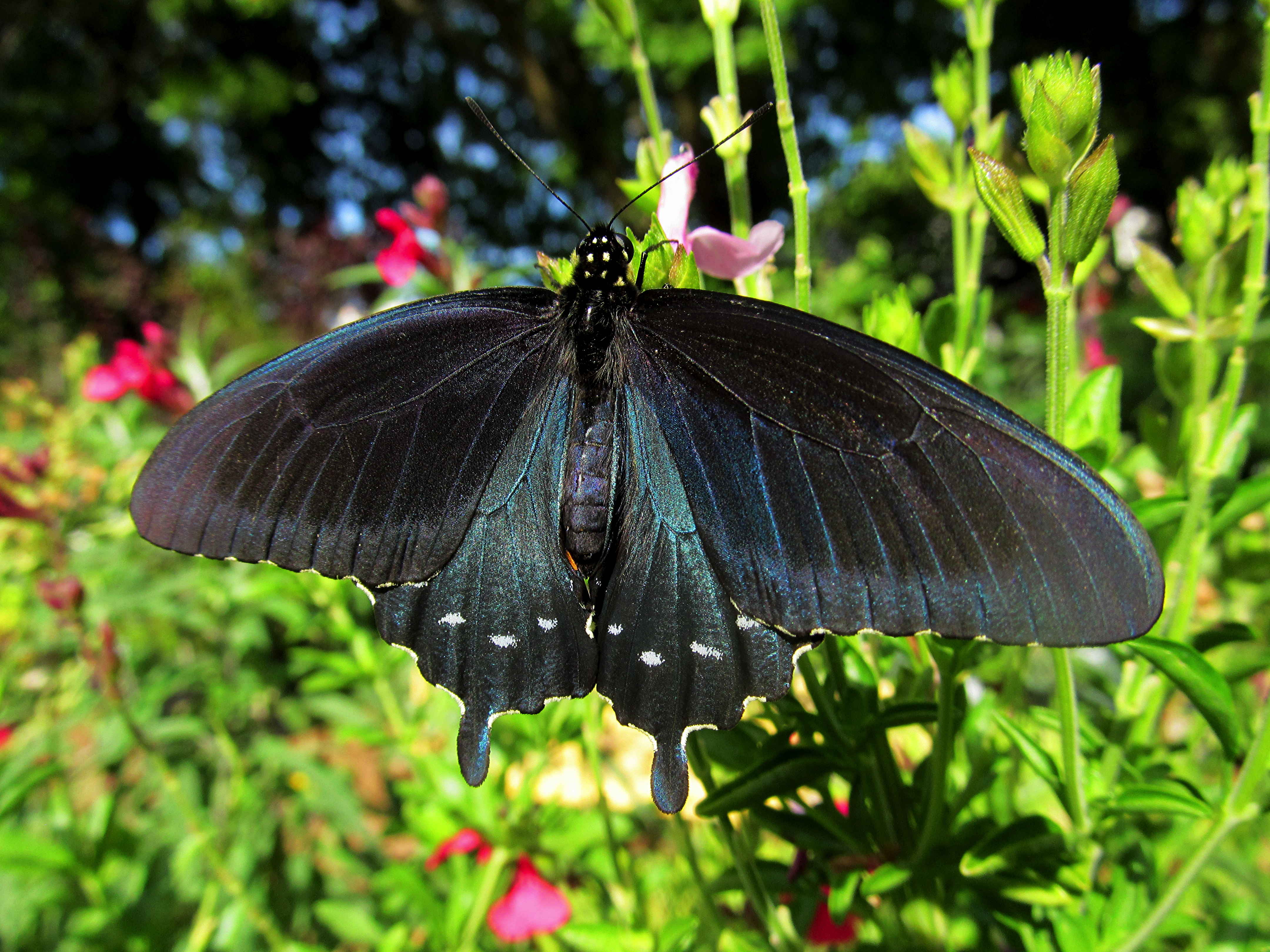
A recent morning's
visitor, this pipevine swallowtail spent much of the morning visiting
buddlieas, salvias, cosmos, and other flowers. A diversity of colorful blossoms
over a long season keeps butterflies coming to your garden.
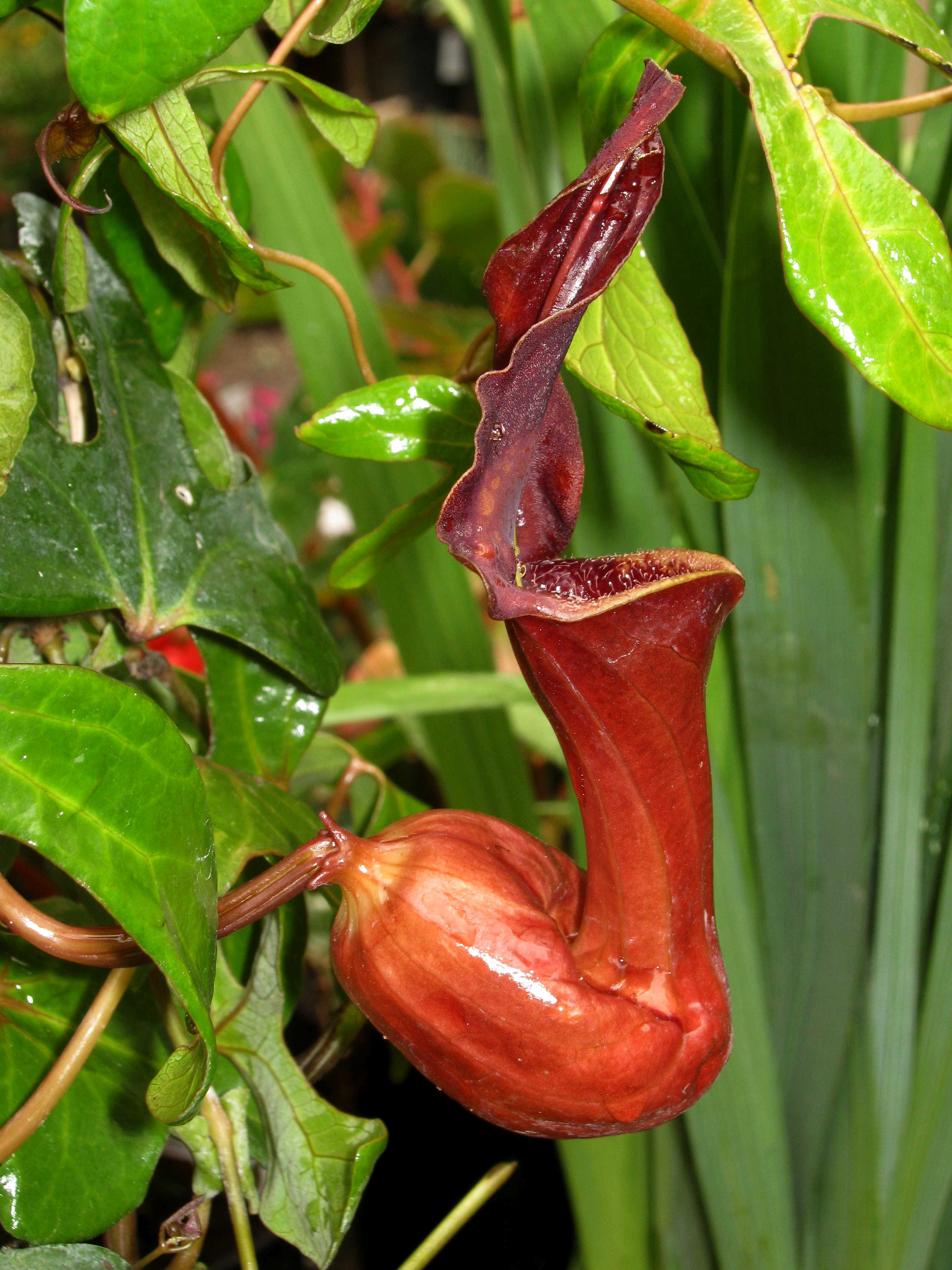
The origin of the common
name of pipevines is obvious. This hybrid is readily available, but
unfortunately is not fed upon by the native pipevine swallowtail. And the
strange flowers are quite malodorous.
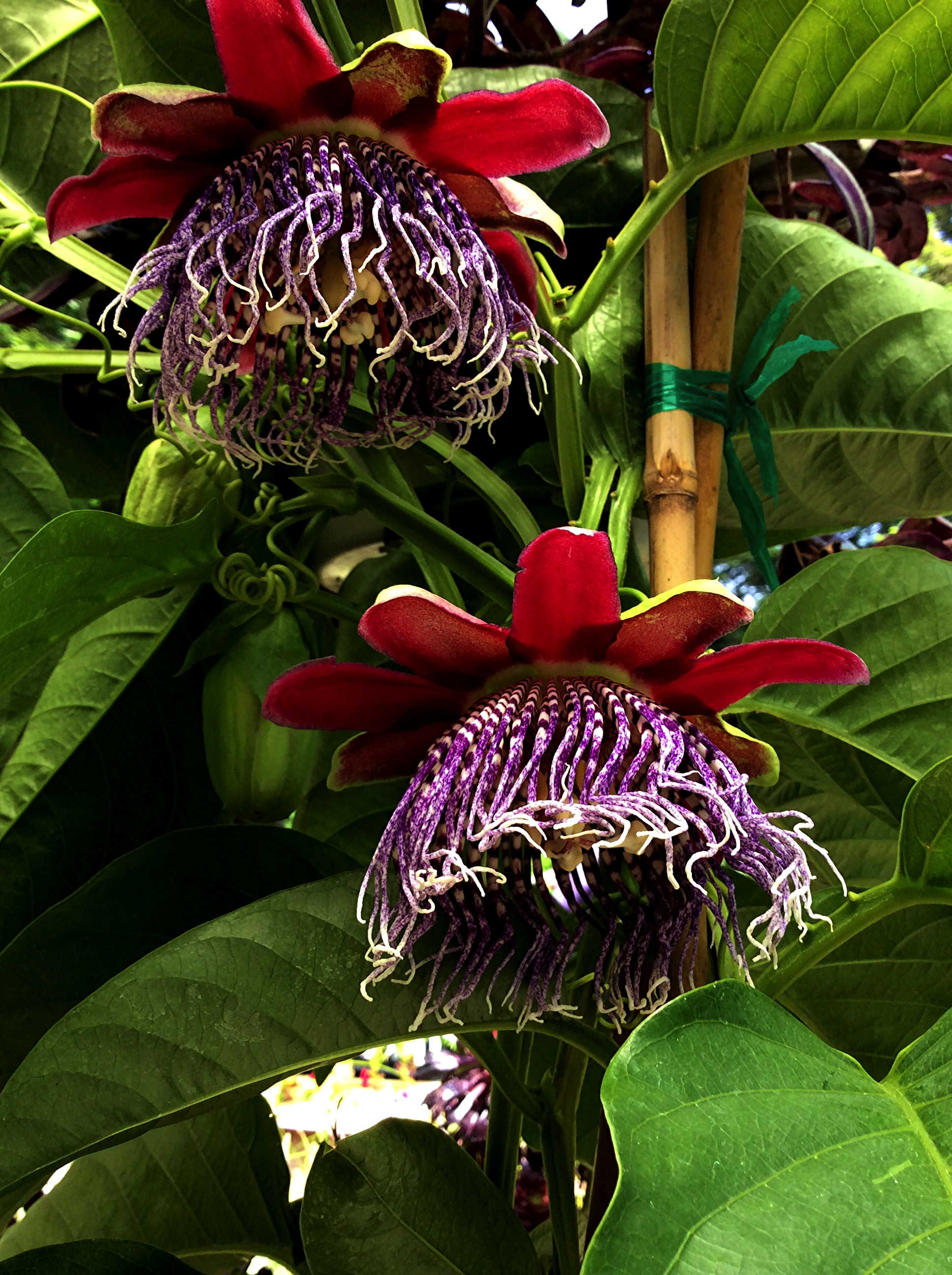
Passiflora
blossoms
are very showy, some are almost unearthly. This variety called Purple Tiger has
a spicy fragrance and looks, as one boy put it, like a space alien jellyfish.
Our native carpenter bees love the flowers. 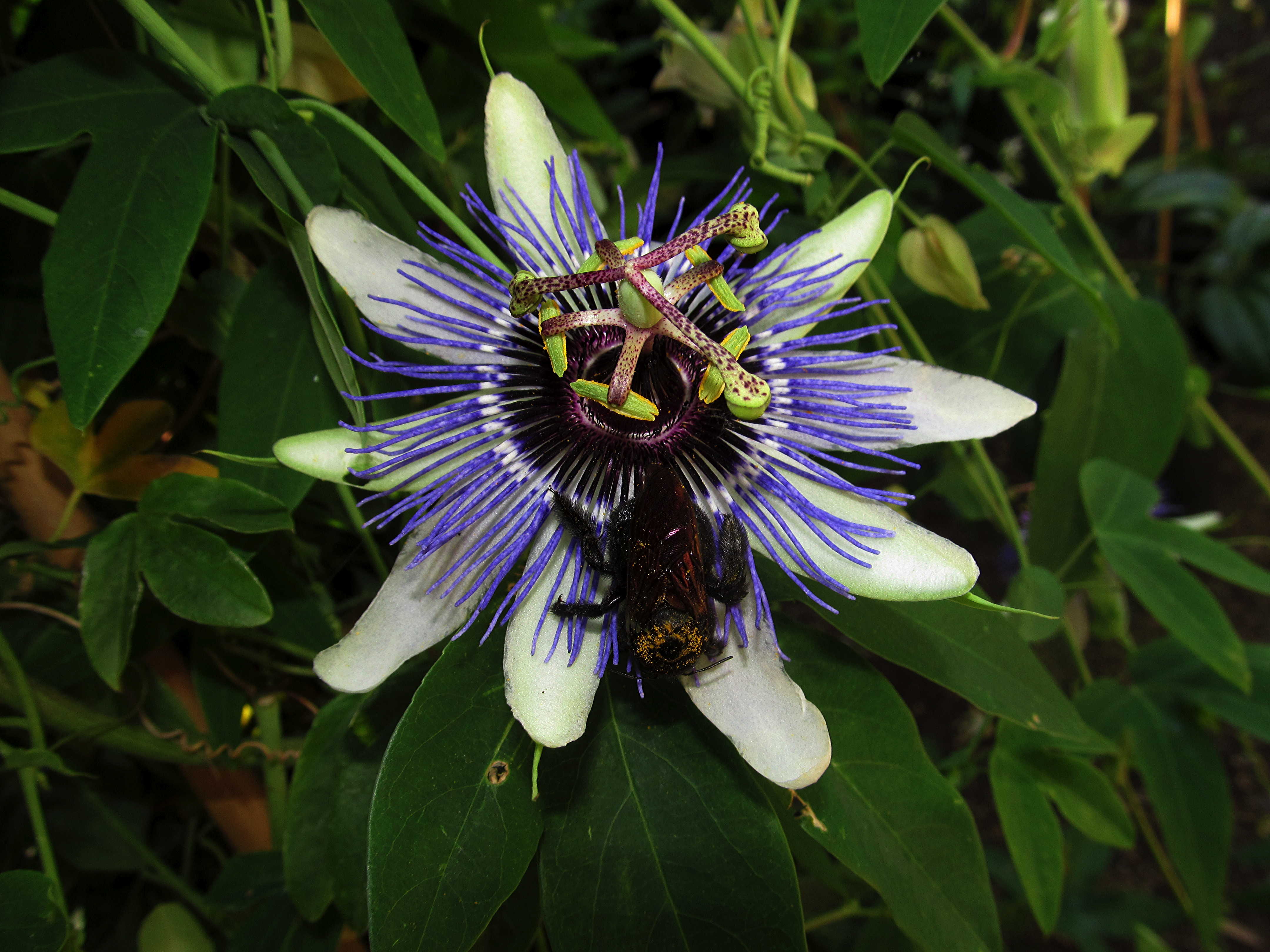
Passion flower vines are
vigorous and bloom abundantly. Some types act as food sources for the Gulf
fritillary caterpillar (which means you will have to tolerate watching them eat
your vine). All passionflowers attract various of our native bee species. This
carpenter bee was so intoxicated that she stayed basically immobile for about
three hours. Sugar high, I guess.
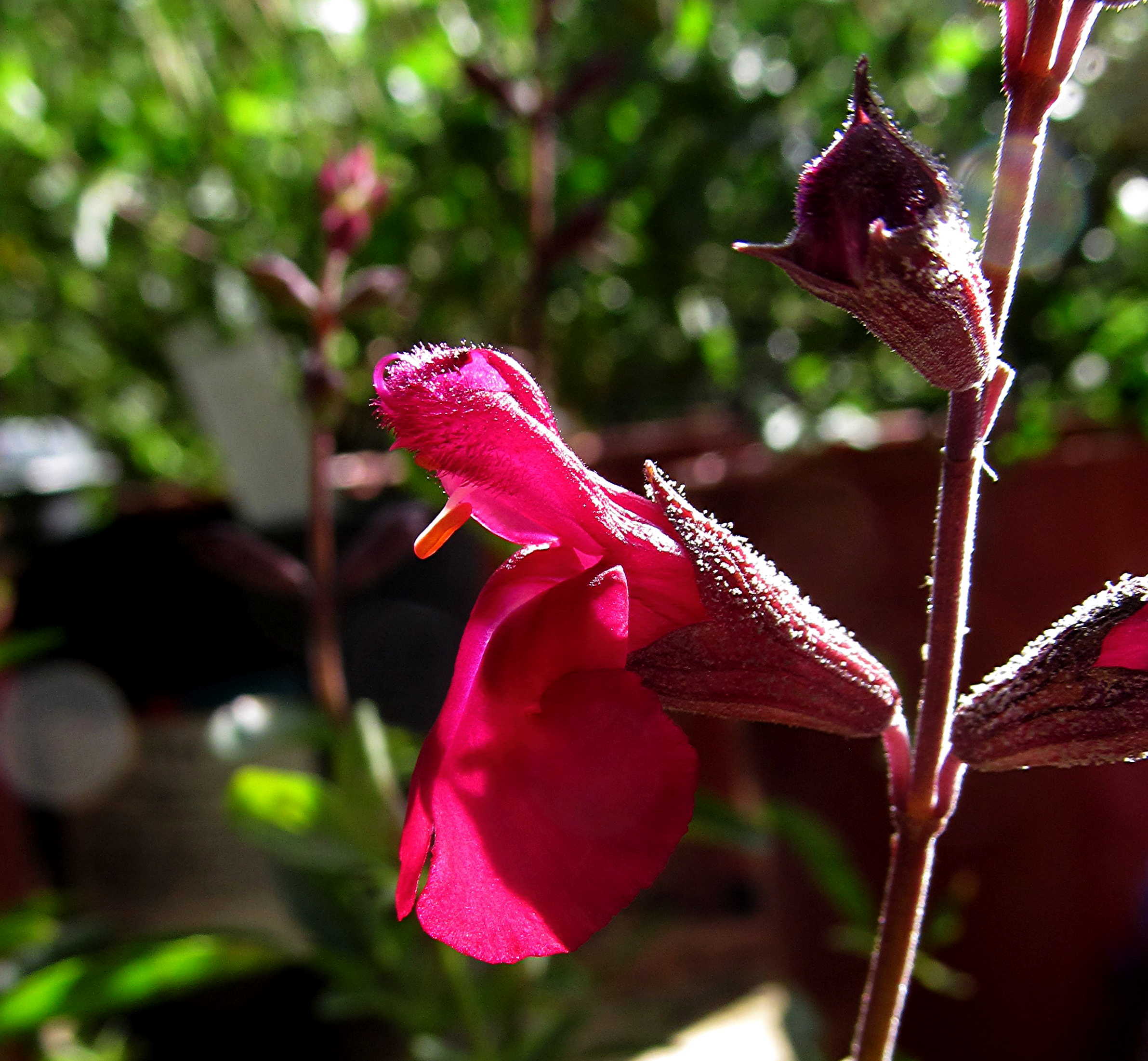
Closeup of this Salvia
flower (variety: Dark Dancer) shows the unique pollination mechanism. A nectar
reward at the base of the flower tube draws butterflies, bees, and
hummingbirds. Inside the flower, following the curve of the petal, is an anther
bearing pollen, which is deposits on the back of the unsuspecting bee. The part
poking down from above is the stigma (female part) which receives the pollen
that the bee picked up at the last flower.


No comments:
Post a Comment